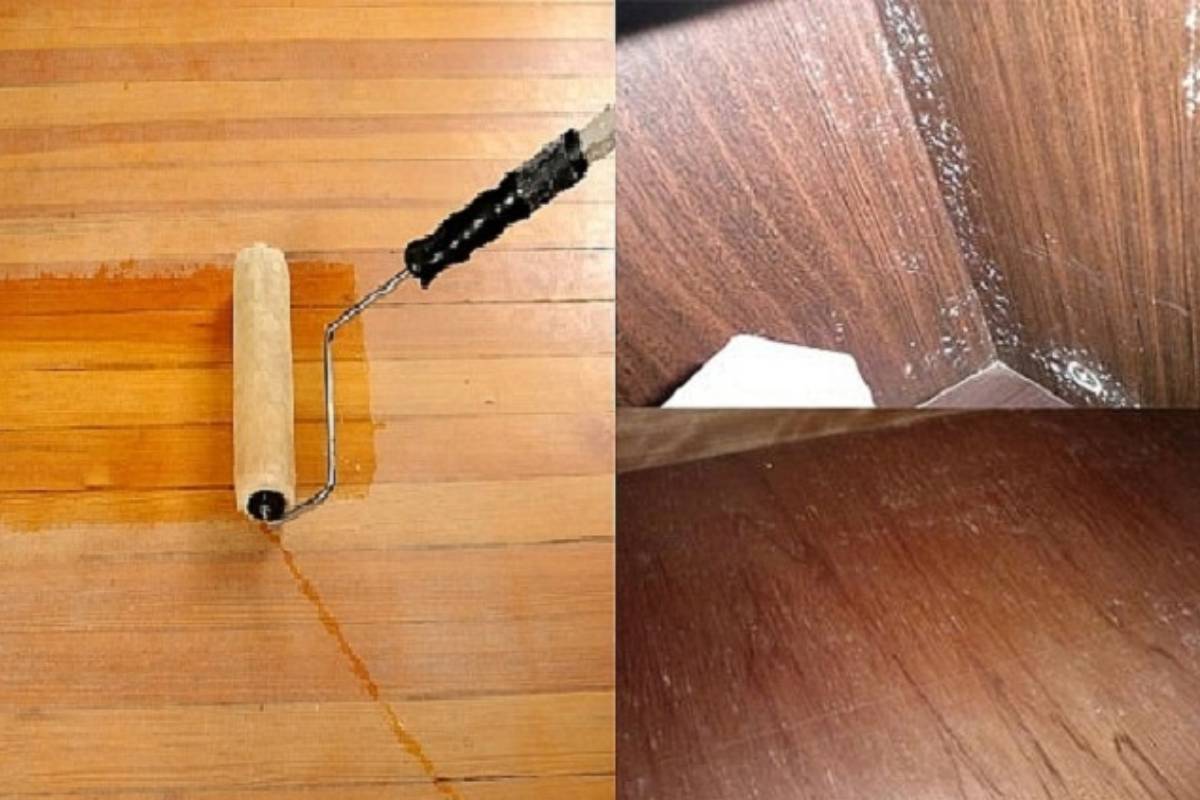-
-
-
Total payment:
-

Is the packaging plywood resistant to high humidity?
Posted by Kiều Trang at 21/10/2024
Plywood packaging can indeed withstand high humidity; however, this capability depends on the specific type of plywood and the manufacturing process used. To understand more about the moisture resistance of plywood packaging, let’s explore the following aspects
1. Materials and Manufacturing Process
- Natural Wood: Plywood is typically made from natural wood, such as pine, eucalyptus, or rubberwood. While these types of wood have good durability, they can also absorb moisture, leading to issues like warping or cracking. The choice of wood and the production process significantly affect moisture resistance.
- Moisture-Resistant Treatment: To enhance moisture resistance, many manufacturers apply special chemicals during the production process. These treatments help protect the plywood from water and humidity, minimizing the risk of damage.

2. Types of Plywood That Withstand High Humidity
- Water-Resistant Plywood: This type of plywood is specifically designed to resist high moisture levels. It is often manufactured with water-resistant adhesives and protective coatings to prevent water from penetrating the surface.
- Moisture-Resistant Coated Plywood: Some plywood options feature a protective layer, such as paint or moisture-resistant coatings, which further enhance their ability to resist humidity. This coating not only protects the wood but also improves the aesthetic appeal of the product.

3. Real-World Applications
- Construction Industry: Plywood that can withstand high humidity is commonly used in construction, especially in wet areas such as bathrooms, kitchens, or outdoor settings. Using this type of plywood helps protect structures from water damage.
- Furniture Production: Interior products like cabinets and tables often utilize moisture-resistant plywood to ensure durability when exposed to humid environments.
- Packaging Goods: In the export industry, plywood that withstands high humidity is used to protect goods, particularly sensitive items like food, electronics, and pharmaceuticals.
4. Considerations for Use
- Selecting the Right Type: When choosing plywood for applications requiring moisture resistance, users should pay attention to the product specifications, including moisture resistance ratings and certifications from manufacturers.
- Proper Storage: Even moisture-resistant plywood needs to be stored correctly. Avoid direct contact with water for prolonged periods and keep it in a cool, dry place. For outdoor applications, regular inspections are necessary to identify any signs of damage.
5. Benefits of Moisture-Resistant Plywood
- High Durability: Products designed to withstand humid conditions help enhance durability and longevity, reducing maintenance costs.
- Minimized Risk: Using moisture-resistant plywood protects goods from water damage, thus lowering risks during transport and storage.
- Versatility: Plywood that can resist high humidity can be used in various applications, from construction to furniture making and packaging, providing flexibility for users.
Plywood packaging can indeed withstand high humidity when produced and treated appropriately. Choosing the right type of plywood and implementing proper storage measures will effectively protect goods in humid conditions. With continuous advancements in technology and manufacturing processes, plywood is becoming more diverse and of higher quality, better meeting market demands.










